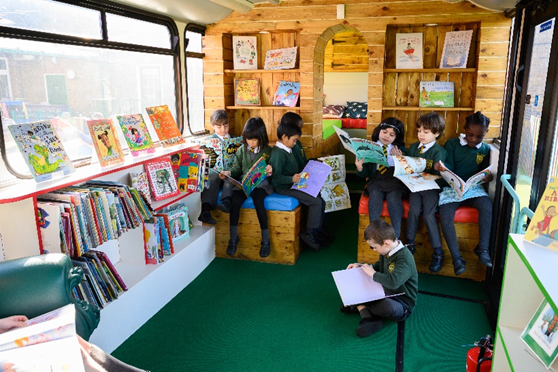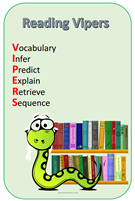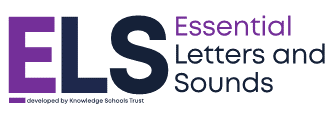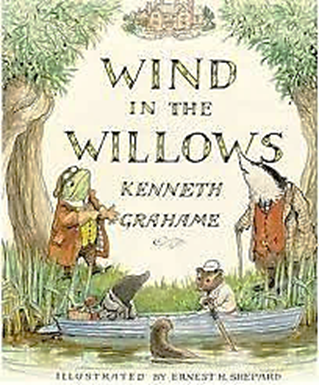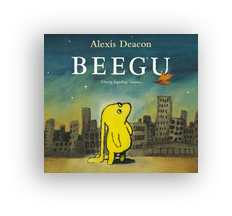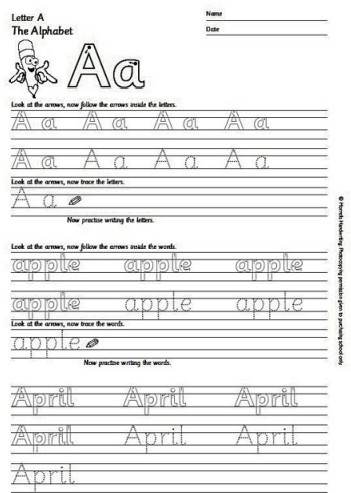English
Intent
Our school aims to develop pupils’ skills in reading, writing, speaking and listening. By the time that pupils move on from our school, our aim is for them to:
- Be fluent readers and writers
- Have a positive attitude towards books and reading, reading widely for pleasure and information
- Enjoy writing in different contexts and for different purposes and audiences
- Write clearly, accurately and coherently, adapting language and style accordingly
- Be curious and creative when it comes to reading and writing, for example by being interested in learning the meaning of new words
- Have a wide vocabulary and understanding of grammar
- Feel confident speaking in class and be able to clearly explain their understanding and ideas
- Listen carefully and sensitively to adults and their peers
Reading
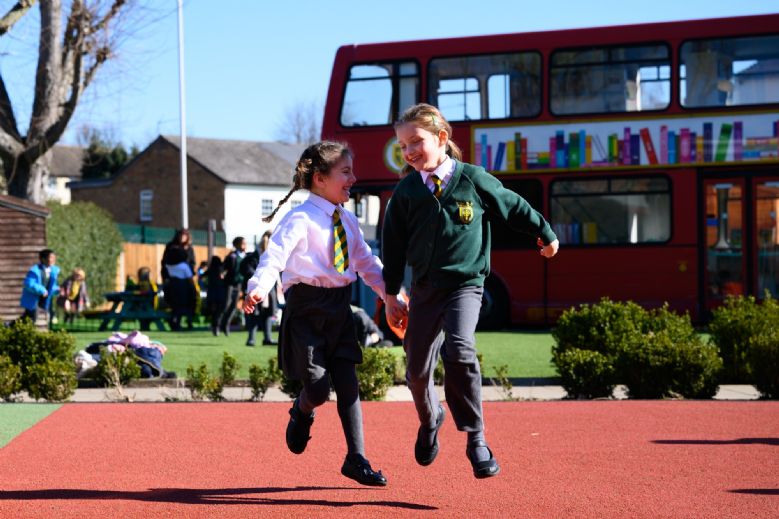
|
It is our intention that all children will be fluent and confident readers who choose to read for pleasure. A love of books and an enthusiasm for reading are precious and important at St. Mary’s. Staff understand that there is a correlation between children who read for pleasure and life success. Phonics is emphasised in the early stages of reading as staff are aware of the importance of being able to decode with automaticity.
|
Secure Phonics knowledge should also go hand in hand with effective modelling of comprehension skills. Children at St. Mary’s are exposed to a variety of genre through shared reading and whole class reading during English lessons and reading across the curriculum.
With the help of the PTA and a tremendous effort from the whole school community we recently bought a London bus and transformed it into our school library. Each class is now able to visit the bus once a week and borrow a book from our extensive range.
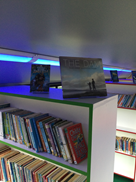
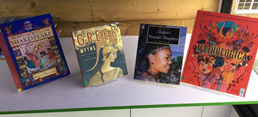
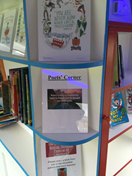
|
We use the acronym VIPERS to aid the recall of the six reading domains as part of the UK’s reading curriculum.
Getting all children to read well, quickly. Phonics We follow a DfE validated systematic synthetic phonics (SSP) programme called Essential Letters and Sounds (ELS).
What is phonics? Synthetic phonics is a way of teaching children to read. It teaches children how sounds are represented by written letters. Children are taught to read words by blending these sounds together to make words. For example, they will be taught that the letters ‘m-a-t’ blend together to make ‘mat’. A synthetic phonics programme, such as ELS, provides a structure for teaching these sounds in a certain order to build up children’s learning gradually. It is used daily during Reception and Year 1 to teach all the sounds in the English language. How is ELS taught in school? With ELS, there is a daily phonics lesson where children are taught a new sound, or where they review sounds learned earlier in the week. This is shown to the class on the whiteboard. Children learn the letters that represent the sounds. They are then asked to read words and sentences with the new sounds in. Children will also practise writing the letters that represent the sounds. https://vimeo.com/753929025/5eaa45c0aa https://vimeo.com/753931102/b9a2f8194f Phase 5 Pronunciation (vimeo.com) Essential Letters and Sounds Home Support Writing
At St. Mary's we use Focus Education schemes. Each scheme is based on the use of high-quality text which provides the driver for the unit. Across each year group, texts from classic to current authors have been selected to ensure that pupils experience a wide and rich reading curriculum to promote a life-long love of reading. Similarly, a range of poetry is fully integrated. Along with the focus on grammar and vocabulary development to ensure effective and accurate writing, the high-quality texts provide models and scaffolds so that children are enabled to make independent choices about how they write and the effect they wish to create. Pupils are given time to write, evaluate, redraft and proof-read their extended pieces of writing using given prompts appropriate to their needs. This is often done alongside teacher and peer support.
HandwritingWe follow Morrells Handwriting. Morrells covers the process of writing starting from the unjoined letter stage, assuming the child is ready to write, and offers plenty of practice of joined writing. The material is intended to be fitted to the stage of learning of the child rather than confined to a particular year group. Hence the material within the books deliberately varies in reading level, the amount of content and the style of writing used. The teacher selects the material most appropriate to the class, group or individual being taught.
Useful Links for Parentshttps://childrens.poetryarchive.org/ www.primaryresources.co.uk/english https://www.booktrust.org.uk/books-and-reading/tips-and-advice/reading-tips/ https://literacytrust.org.uk/parents-and-families/ https://morrellshandwriting.co.uk/improving-handwriting/ https://www.bbc.co.uk/iplayer/episodes/b00jdlm2/cbeebies-bedtime-stories
|

